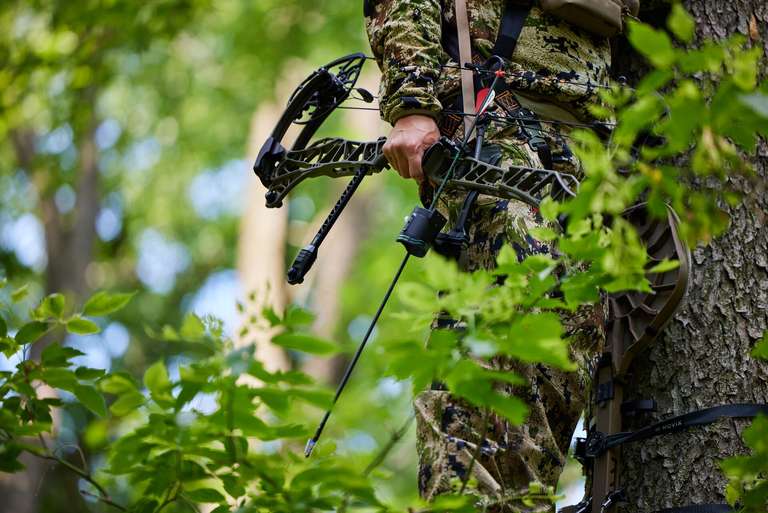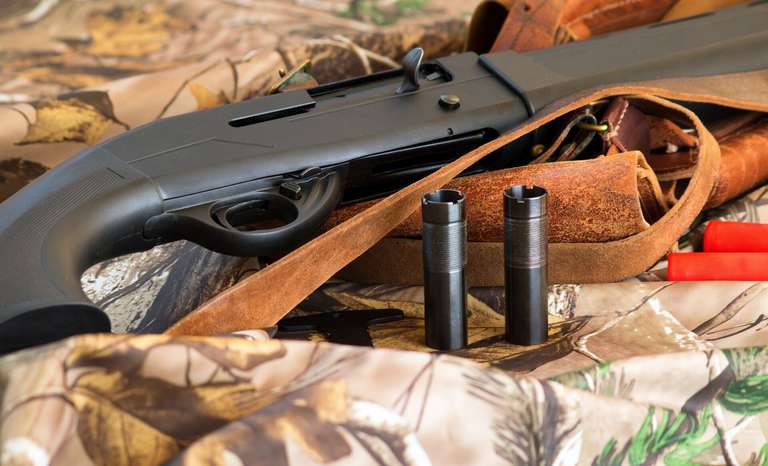Hunting for Population Control: Carrying Capacity vs Population Density

Hunting for population control is more than simply reducing the number of game animals in a given area. When wildlife populations grow beyond what a habitat can effectively sustain, the entire ecosystem suffers.
Consequences of unchecked animal populations may include overbrowsing, limited resources, and disease.
To manage population density, hunters must understand the science behind carrying capacity. After all, our role as hunters is more than that of a harvester. We should be active participants in conservation and contribute to healthier wildlife populations for future generations.
Keep reading to learn about carrying capacity, population density, and how hunting plays a role.
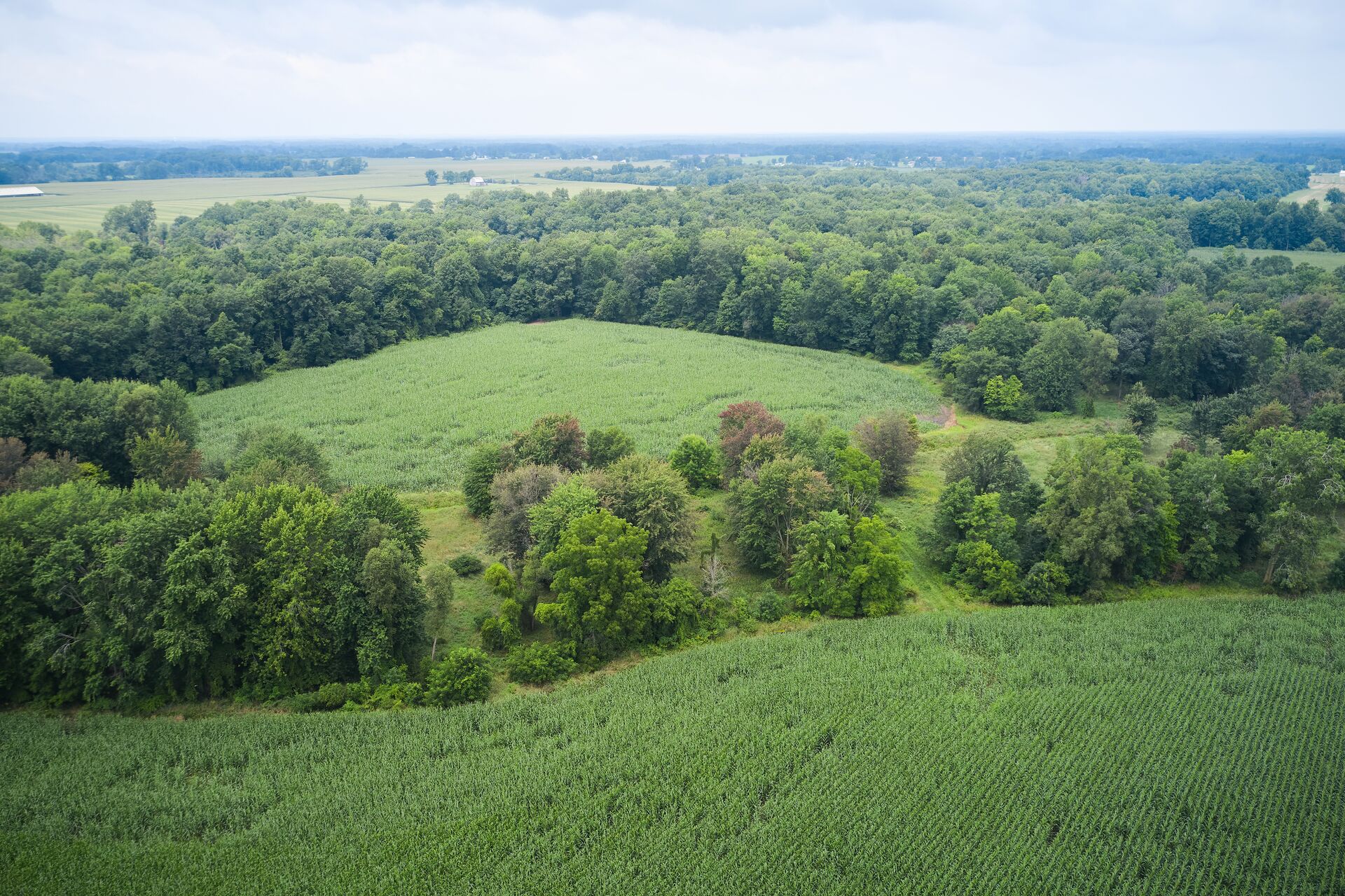
What Is Carrying Capacity?
Carrying capacity is the maximum number of animals of a given species a habitat can support in the long term. It reflects the basic resources each animal needs to survive and reproduce, such as food, water, shelter, and space to establish territories.
Think of carrying capacity as nature’s speed limit for a specific habitat “highway.” If an animal population exceeds that limit, they will experience stress, disease, and potentially starvation. Their habitat will become overused and degraded, making it even more challenging for them to access resources.
Carrying capacity science is dynamic within a habitat. For example, a productive oak forest can support a healthy deer population one year, but a drought or a late-spring frost can debilitate acorn production and dramatically reduce food supply the following year.
What Is Population Density?
Population density is the number of individuals per unit area, such as the number of deer per square mile or elk per 1,000 acres.
Biologists track population density and carrying capacity to identify potential problems and decide where hunting pressure should be applied or reduced. For example, two habitats each have 500 whitetail deer: the first is 20 square miles (25 deer per square mile), and the second is 100 square miles (five deer per square mile). The population density, or animal concentration, in each habitat requires different management approaches.

What Is the Difference Between Carrying Capacity and Population Density?
Population density provides a current snapshot of how many animals occupy a habitat, whereas carrying capacity indicates the limits of what a habitat can support. When population density exceeds carrying capacity, animals compete for limited and rapidly dwindling resources.
In these instances, habitats may enter a downward spiral that is extremely difficult to reverse. Browse lines (usually where animals have eaten all foliage below five feet) will become visible where deer and elk have eaten every leaf within reach, and weaker animals will starve.
Communicable diseases, such as Chronic Wasting Disease (CWD), will also spread faster in crowded spaces.
Why Do These Terms Matter to Hunters?
Managing wildlife populations through hunting is an essential part of game management. Keeping population densities below the carrying capacity can maintain and improve the health of animal populations and the ecosystem.
Understanding this common hunting terminology and our symbiotic relationship with wildlife may change how you view your role as a hunter. You’re not taking to the field with your bow or rifle to only put meat on the table or a set of impressive antlers on the wall. You’re actively participating in a science-based system that strives to keep wildlife populations healthy and critical habitats productive.
Hunting is truly an effective management tool for maintaining a balance between conservation and preservation.
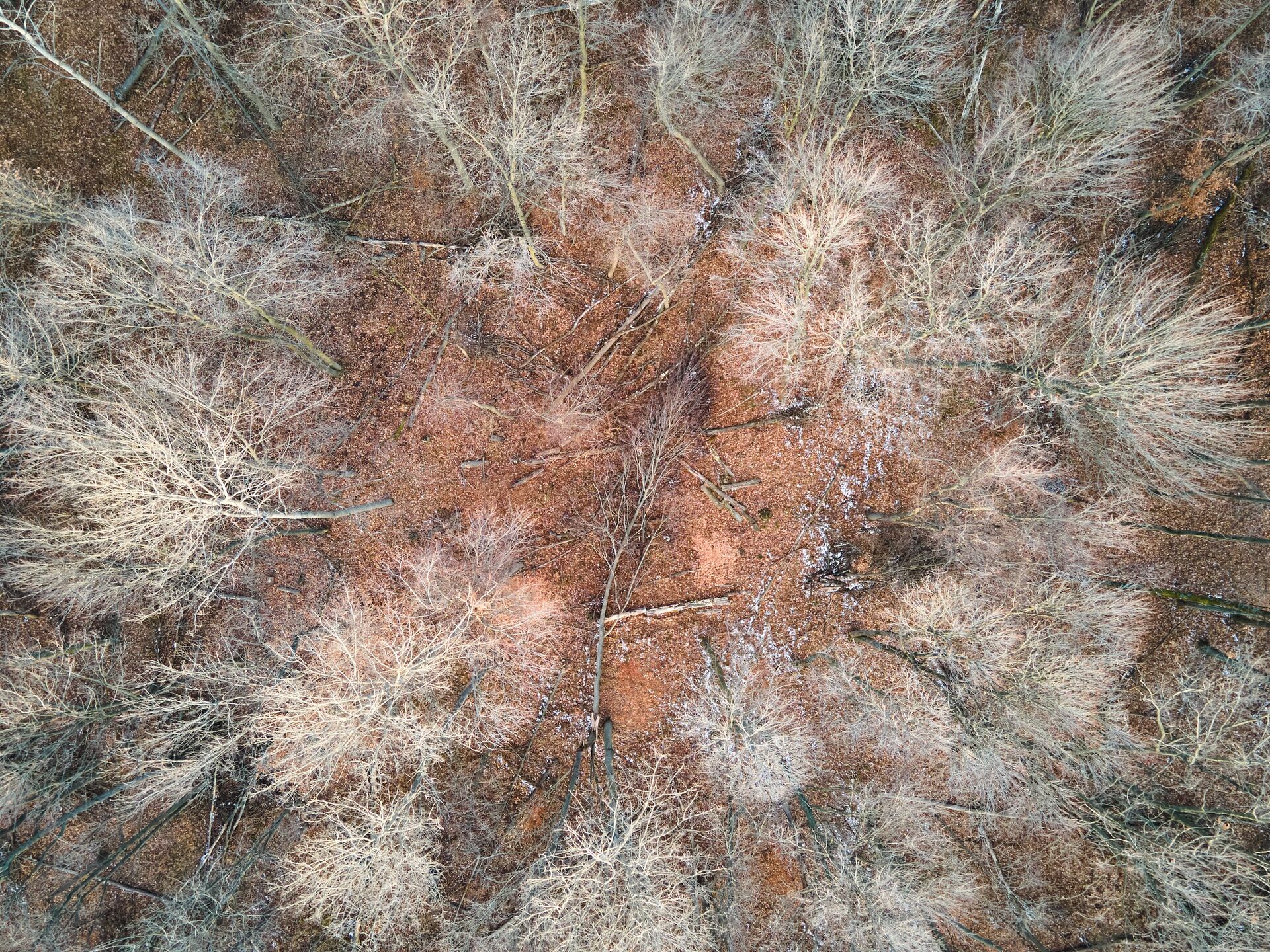
What Does Overpopulation Do to Wildlife?
When a habitat has too many animals in too little space, consequences compound quickly and ripple through the ecosystem.
First, food shortages will occur due to overbrowsing. Preferred plants will disappear, and animals will turn to lower-quality forage that provides inferior nutritional value.
As malnutrition takes hold, animal immune systems will weaken, making the population more vulnerable to parasites and diseases. CWD, for example, spreads more rapidly through deer populations when the animals are at higher population density.
In addition to injuries to the animal population, overcrowding also damages the habitat. Overbrowsing inhibits forest regeneration, damages crops, and can even destroy the understory on which other species depend for food and cover.
This habitat degradation often creates a domino effect, forcing animals to seek vital resources closer to humans and potentially increasing conflicts with homeowners and farmers, as well as vehicle collisions. Over time, the affected animal population will continue to grow weaker and weaker.
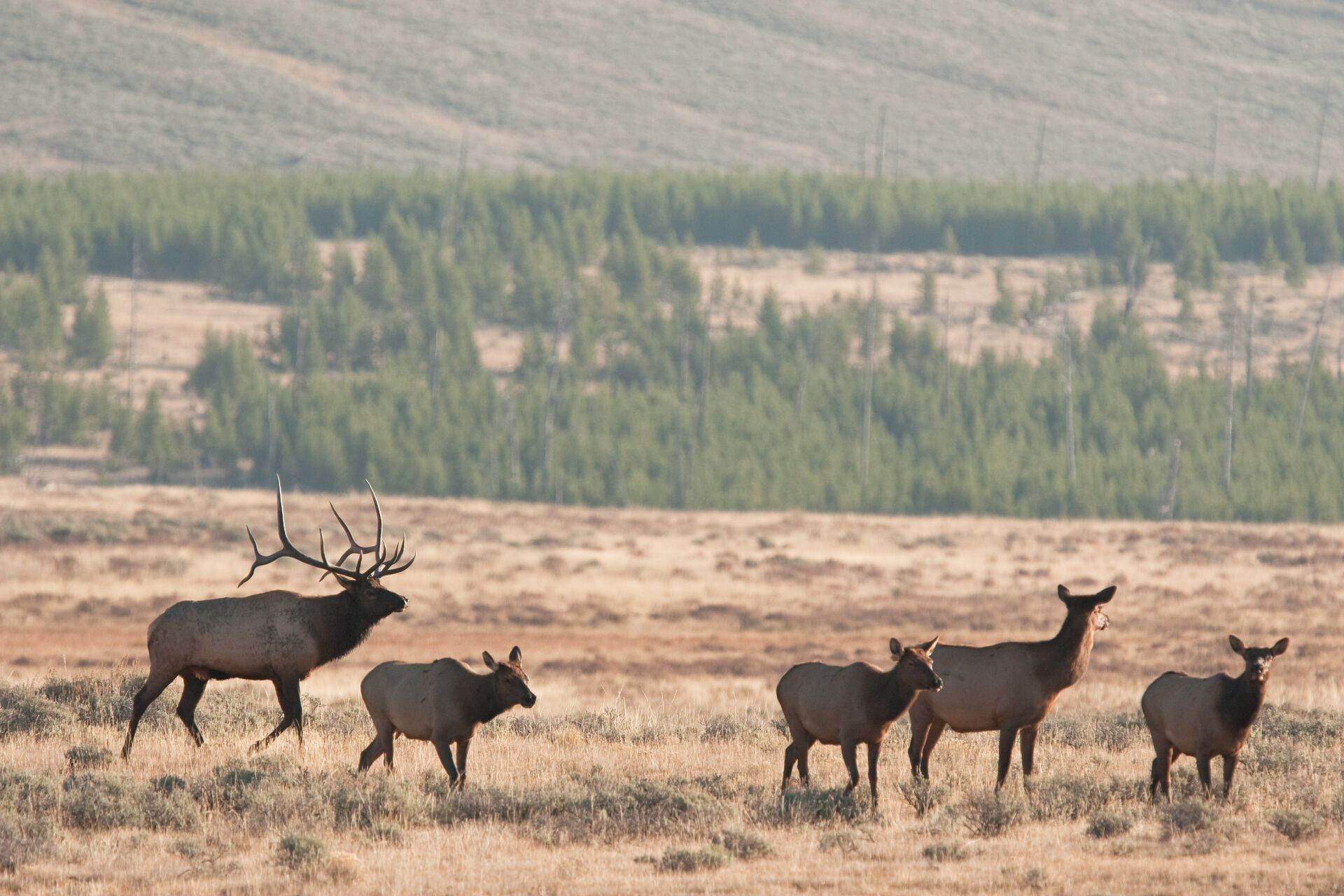
How Do You Measure Wildlife Population Density?
Federal and state wildlife biologists use multiple techniques to estimate wildlife population density for a specific area.
Direct Counts
Direct counts are headcounts gathered from aerial surveys, trail camera footage, and even from spotlight counts along roads at night. Though direct counts provide hard numbers, they are only samples of the total area.
Indirect Signs

Statistical Sampling
Statistical sampling methods include tagging animals and tracking recapture rates (mark-and-recapture studies), as well as pellet surveys that count deer droppings in a sample plot and extrapolate that figure to the entire habitat. This data, when used with direct counts and indirect signs, can help refine population density estimates.
State and federal agencies combine this data to inform their decisions about seasons and harvest quotas.
What Are the Signs of a Struggling Ecosystem?
If you spend enough time in the same hunting spots year after year, you’ll develop an eye for habitat health indicators. Watch out for these warning signs.
- Signs of overbrowsing include distinct browse lines, missing understory foliage, and reduced plant diversity.
- Malnourished animals produce fewer offspring than usual or have smaller bodies, which may also indicate disease.
- Wild animals showing up where they shouldn’t. When these animals turn to foraging in subdivision yards and heavily trafficked roadsides during the day, it can mean that a once-suitable habitat is over capacity.
When an animal population is stressed, look to the landscape to tell the story. If you recognize these patterns, share your observations with local wildlife agencies. The more information they have, the better they can manage the area.
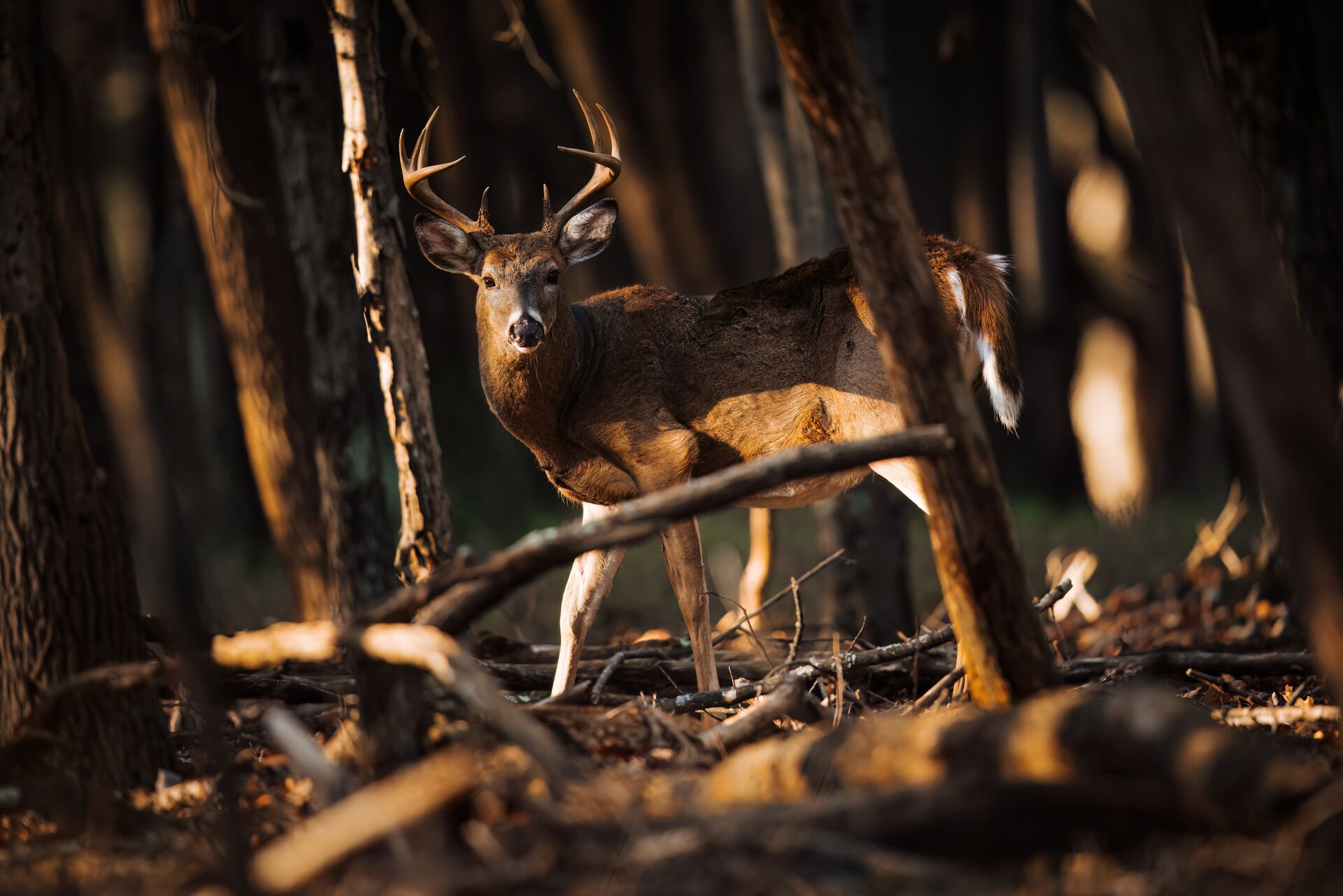
Learn More About Ethical Hunting with Hunter Education
Today’s game management practices rely heavily on identifying and acting on the relationship between an area’s carrying capacity and a species’s population density. As you learn to understand this balance better, you’ll see hunting as something far more important than recreation.
Hunting makes you a steward of our wildlife resources.
If you’re ready to continue improving your knowledge of wildlife management and your critical role as a hunter, make sure you've taken a hunter safety course. Our online courses through ilearntohunt teach valuable hunter safety, first aid, firearms, and basic fieldcraft skills. You’ll learn the vital science, fair chase, and conservation responsibilities that define what it means to be an ethical modern hunter.
Before getting into the field, make sure you've met your state's hunter education requirements.
Take the ilearntohunt course for your state, then hunt safely and ethically!
Frequently Asked Questions (FAQs)
We have answers to questions about hunting for population control.



